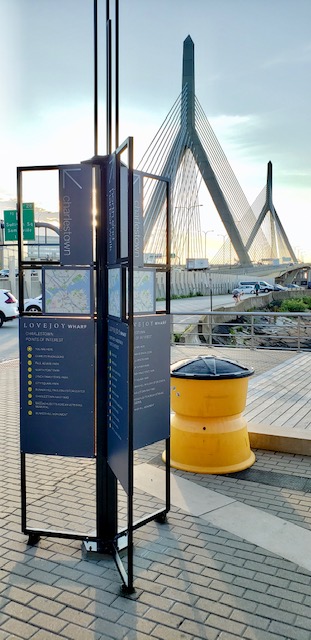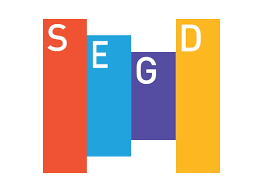Mixing It Up with Mixed Development
Architectural Signage, Branding, Design/Build, Exterior Signage, Freestanding Signs, Functional Signage, Interior Signage, New England Signs, Others, Partners-Developers-Contractors, Sign Design, WayfindingWhile the U.S. is seeing a definite increase in mixed-use developments, they’re actually not a new concept. In fact, according to Deloitte, mixed-use properties were strategies used about 50 years ago to rejuvenate urban areas. And as population density increases, real estate prices remain high and office occupancy remains low, mixed-use developments offer an attractive option for developers, companies, tenants, and residents.
Live, Work, Shop, Play
A trend that had been growing in popularity even prior to COVID-19, the pandemic accelerated the planning, design, and construction of mixed-use developments. In fact, in Boston alone, there are at least seven major mixed-use projects under construction right now.
These properties empower residents and visitors to have more control in their choices and experiences and align with the expectation of practicality and sustainability. According to the Urban Land Institute, mixed-use developments should provide:
- Three or more significant revenue-producing uses (office, hotel, civic/cultural, recreation, retail, entertainment)
- Foster integration, density, and compatibility of land uses
- Create a walkable community with plenty of uninterrupted pedestrian thoroughfares
Key to helping foster that sense of community and integration — as well as ensuring visitors, residents, and employees can navigate easily via foot or other transportation — is appropriate signage, which serves multiple purposes.
Defining Spaces and Community
Signage can establish a theme, define identity, community and designate property as a district. Well-designed signage effectively showcases different uses within a mixed use community. It identifies each building, communicating with residents and locals. Clear signage highlights each distinct space — a restaurant, a shop, or a hair salon, for example — so even visitors can find the different businesses within the district.
Next, signage expresses the brand of each building, defining the overall theme of the mixed use property as well as individual businesses within each space. A cohesive signage package creates a common thread running throughout the property, via an overall brand’s colors and font choices, for example, or unique nameplates that use illuminated designs or other customized architectural elements.
Signage becomes the common thread connecting all the businesses within mixed-use spaces, reflecting the brand vision or lifestyle while still incorporating a unifying design that creates a positive, memorable visual experience. This strategy also helps foster an overall sense of community.
Gateway signage using architectural elements like columns or even decorative fencing can stylishly advertise the services, attractions, businesses, and entertainment in a particular development. By using the same branding and colors, they also serve to provide that initial introduction to the area’s identity.
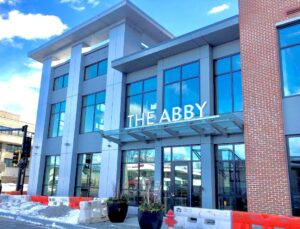 Metro is producing the interior and exterior signage for The Abby at North Quincy Station. The project was designed by YOUNTS. Its general contractor is Callahan and the developer is Buzzuto.
Metro is producing the interior and exterior signage for The Abby at North Quincy Station. The project was designed by YOUNTS. Its general contractor is Callahan and the developer is Buzzuto.
Guiding People on Their Way
The most important role internal and external signage plays is helping people find their way. And in cities whose mixed-use communities are built vertically — with stores and restaurants on the first level and professional spaces in the middle levels, with residences above them — signage is paramount in helping people find what they’re looking for.
One option includes digital wayfinding maps — like those at shopping malls or outlets — to guide shoppers to different businesses. Another solution might include erecting wayfinding signs in courtyards or just off well-traveled paths to attract foot and vehicular traffic to an area.
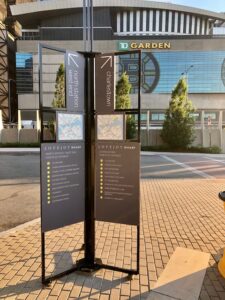 Metro designed and installed the external signage for Boston’s Lovejoy Wharf, a mixed-use project developed by Related Beal.
Metro designed and installed the external signage for Boston’s Lovejoy Wharf, a mixed-use project developed by Related Beal.
Signage pointing the way from the subway or other transit options may be the first impression people have of mixed use spaces. People who work in offices or visit different stores, restaurants or other entertainment venues in urban mixed use properties may rely on public transportation to get there.
Signs should clearly direct people to parking lots or bike racks, guiding everyone safely to their destinations while showcasing the buildings’ brands in inspired, eye-catching ways.
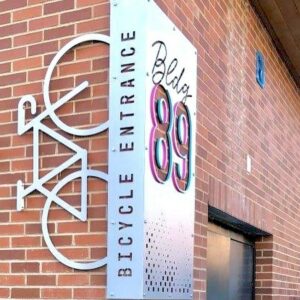 Metro worked with Eden Properties, the developer of Building 89, in Allston, to create its distinctive signage.
Metro worked with Eden Properties, the developer of Building 89, in Allston, to create its distinctive signage.
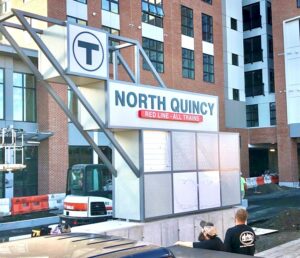 Wayfinding signage outside The Abby at North Quincy Station, a redevelopment project of a seven-acre parking lot into a mixed-use retail and residential community.
Wayfinding signage outside The Abby at North Quincy Station, a redevelopment project of a seven-acre parking lot into a mixed-use retail and residential community.
Multi-use spaces need signs designed to reflect tenants and amenities but also highlight the overall brand, providing value for anyone relying on the signs to navigate within the space.
